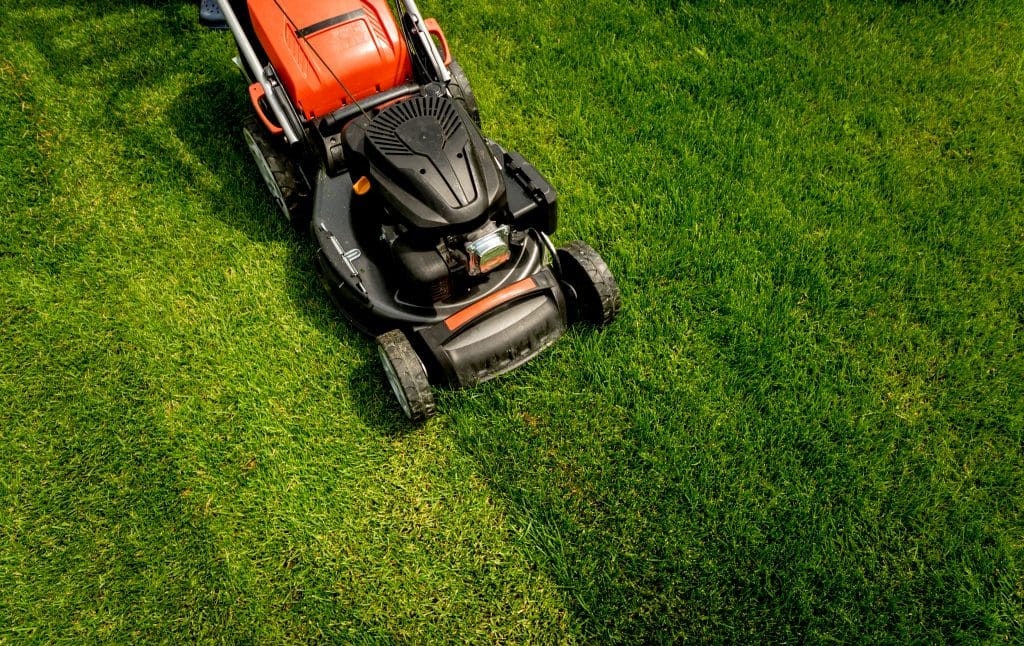
BY CHERYL ALEXANDER
February // Turf: Choose a dry day to mow and inspect for weeds. Either hand pull them or apply spot applications of post-emergence herbicides. Make sure you follow label directions, and that the product is approved for your grass type. Planting: Plant new shrubs and trees in new spots or remove and replace unattractive or dead plants. Prune trees: Except for maples and birches.
March // Lawns: Lime your grass every couple of years if you have acidic soil. Use a soil test to determine how much to apply or 15 to 20 pounds of lime per 100 square feet of lawn area. Azaleas: If azaleas aren’t planted by color, consider rearranging them by color for maximum effect after they finish blooming, then prune and shape them for a better display next year.
April // Mulch: Remove and replace or freshen mulch. Lawns: Begin regular mowing and trim only about the top third of the grass blades. Herbs: Plant herbs generously after frost.
May // Lawns: Begin regular fertilizing with the right fertilizer and application amount for your grass type. Pruning: Once plants have leafed out, make a final pruning to cut the limb or shoot back to live wood. Annuals: Plant summer annuals, such as petunias, marigolds, salvia, and impatiens.
June // Water: Begin a regular irrigation schedule (at dawn and/or dusk) with special attention to hanging baskets, containers, and any new additions to your landscape. Houseplants: Place houseplants outside in the shade for some fresh air. Also, remember to water and feed them per the instructions for each plant. Mulch: Apply extra mulch around new plantings to reduce water loss and heat stress.
July // Lawns: Raise the cutting height of your lawnmower to accommodate drought and heat. Birdbaths: Placing a bath near a small tree or large shrub keeps the water cooler, provides shelter for the birds, and encourages use.
August // Vegetables: Begin planting your fall vegetables. Make sure to water regularly. Lawns: If your grass is dry, wait until after it is watered or after it rains, then mow once you can walk through it without getting your shoes wet. Iris and daylilies: Divide these spring-bloomers and prepare new beds.
September // Fall planting: Begin planting trees and shrubs. Water: Adjust your watering schedule for cooler weather. Don’t allow containers to waterlog.
October // Turf: Overseed warm-season grasses with annual ryegrass to enjoy a green lawn during winter months. Color beds: Remove tired summer annuals, prepare the soil, plant, and fertilize cool-weather annuals. Fall greens: Sow mustard, collard, turnips, and lettuce seeds.
November // Compost: Use fallen leaves and plant debris for compost, mixing with a shovelful of soil and an optional handful of fertilizer. Sprinkle weekly with water if there is no rain and turn the pile regularly. Lawns: Fertilize tall fescue and other cool-season lawns with a quality lawn fertilizer that contains timed-release nitrogen to prevent burn.
December // Lime: If the soil is acidic, your landscape could benefit from an application of lime. Irrigation: Adjust your watering schedule, reducing irrigation time by half when night temperatures remain in the 40s or below.










